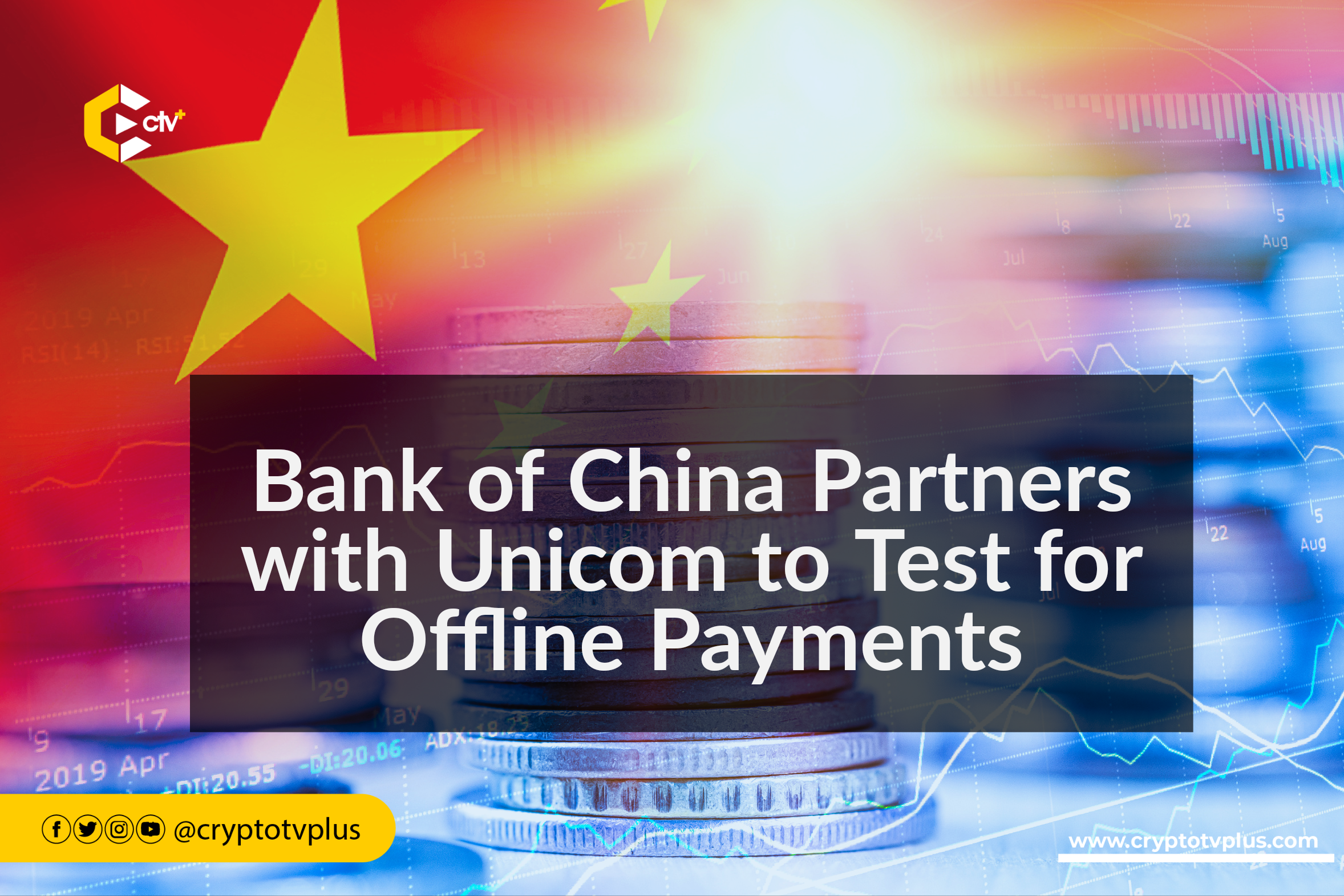News
Bank of China Partners with Unicom to Test for Offline Payments

The Bank of China has announced a partnership with China Telecom and China Unicom to conduct a test of an innovative offline payment system for China’s central bank digital currency (CBDC), commonly known as the digital yuan.
The tests involve integrating the digital yuan app with specialized “super SIM cards” equipped with near-field communication (NFC) capabilities. This partnership enables transactions to be executed seamlessly, even when the user’s phone is switched off. Users only need to bring their mobile phones near the point-of-sale terminals to make a purchase.
The SIM card payment feature will initially be accessible on a few Android phones in China’s test zones. The trial program has rapidly extended to cover 26 locations across 17 provincial-level cities and regions since the official launch of the digital yuan app in January 2022, including major urban areas like Beijing, Shanghai, and Shenzhen.
The partnership between the Bank of China, China Telecom, and China Unicom seeks to extend the utility of the digital yuan beyond everyday transactions.
By leveraging the offline payment system with SIM cards, the Bank of China aims to enhance accessibility and convenience for digital yuan users.
This collaboration combines the reach and infrastructure of China Telecom and China Unicom, two of the country’s leading telecommunications providers, to help the digital currency gain wider acceptance and usage.
The Bank of China’s experiments of offline digital yuan payments via SIM cards mark a significant advancement in digital currencies. Offline payments are an important feature for digital currencies, especially in locations where internet connectivity is unstable. The usage of SIM cards to conduct these payments may increase the accessibility of digital currencies to a broader range of users.
China has been at the forefront of CBDC development, and the digital yuan is one of the most closely watched projects in the space. The country has been conducting trials of the digital currency since 2020, and the latest tests with offline payments represent another step forward in its development.
Read Also; NEAR Protocol Thrives Despite Regulatory Hurdles: Q2 Insights & Financial Overview
















